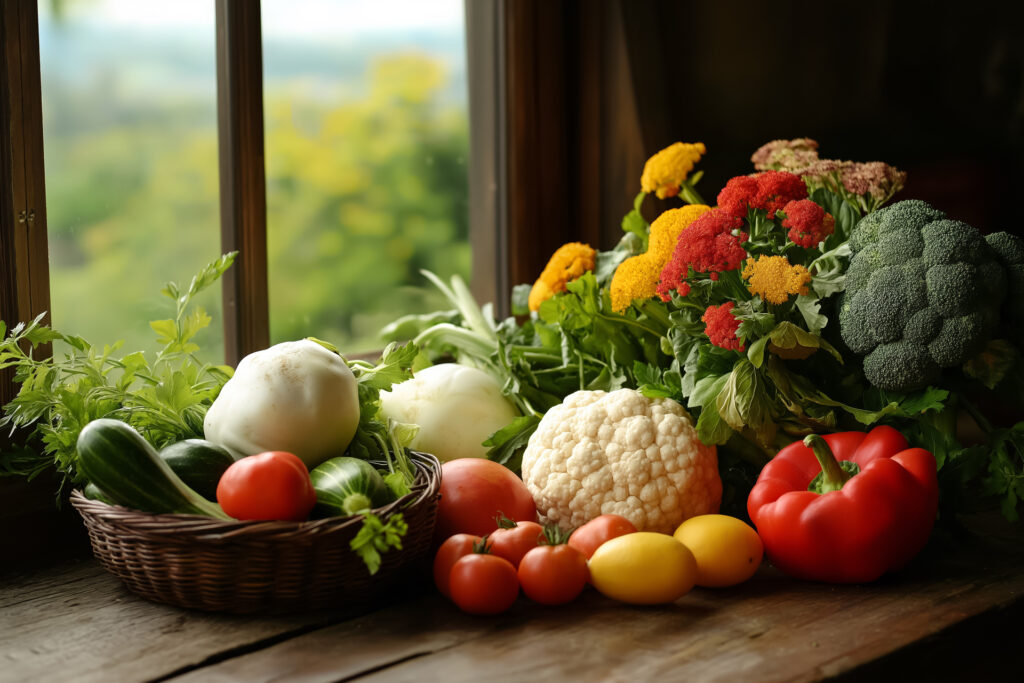
Seasonal vegetables are nature’s way of providing us with the freshest, tastiest, and most nutritious produce at the right time of year. Cooking with seasonal vegetables enhances the flavour of your dishes, supports local farmers, and reduces your environmental impact. Chef Abdul shares his tips on how to make the most of seasonal vegetables throughout the year.
Chef Abdul’s Tip: Visit your local farmer’s market to discover the freshest seasonal produce and connect with growers for cooking tips.
Spring
Spring is the season of renewal, bringing tender, fresh greens and vibrant flavours.
Chef Abdul’s Favourite:
A simple spring pea and mint soup garnished with a drizzle of olive oil.
Summer
Summer is all about juicy, colourful vegetables that thrive in the sun.
Chef Abdul’s Favourite:
Grilled zucchini and eggplant drizzled with garlic-herb olive oil.
Autumn
Autumn offers hearty, earthy vegetables perfect for comforting dishes.
Chef Abdul’s Favourite:
A roasted butternut squash and sage risotto with Parmesan shavings.
Winter
Winter vegetables are robust and nutrient-packed, ideal for warming meals.
Chef Abdul’s Favourite:
Caramelized Brussels sprouts with a sprinkle of toasted almonds and lemon zest.
Emphasize Simplicity
Keep preparations simple to let the natural flavour of seasonal vegetables shine. A drizzle of olive oil, a pinch of salt, and a touch of herbs can go a long way.
Use Complementary Techniques
Enhance your seasonal produce with these pairings:
Chef Abdul’s Tip:
Combine freshly chopped herbs with a squeeze of lemon to brighten any vegetable dish.
If you want to enjoy the taste of seasonal vegetables year-round, preservation techniques can help:
Chef Abdul’s Tip: Use vacuum-sealed bags to freeze vegetables to maintain freshness and prevent freezer burn.
Spring:
Summer:
Autumn:
Winter:
Cooking with seasonal vegetables celebrates nature’s bounty. Chef Abdul says, “Seasonal cooking is about embracing the rhythm of the earth, creating dishes that are as fresh as they are flavourful.” You’ll enjoy the best flavours and contribute to a healthier planet and community by choosing seasonal produce.
Explore your local market, experiment with these vegetables, and let their natural goodness inspire your cooking!
Chef Abdul © Copyright 2024. All rights reserved.